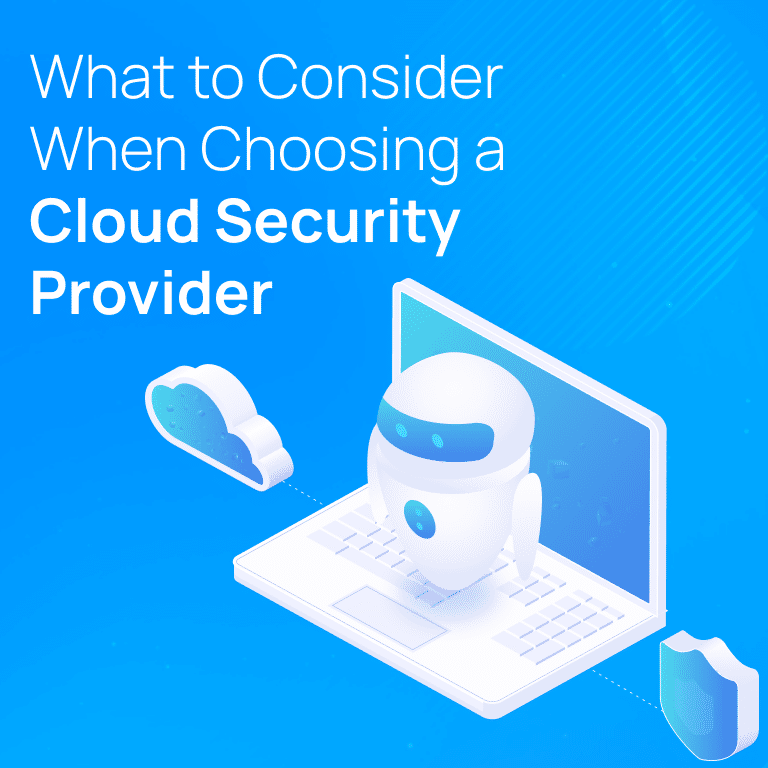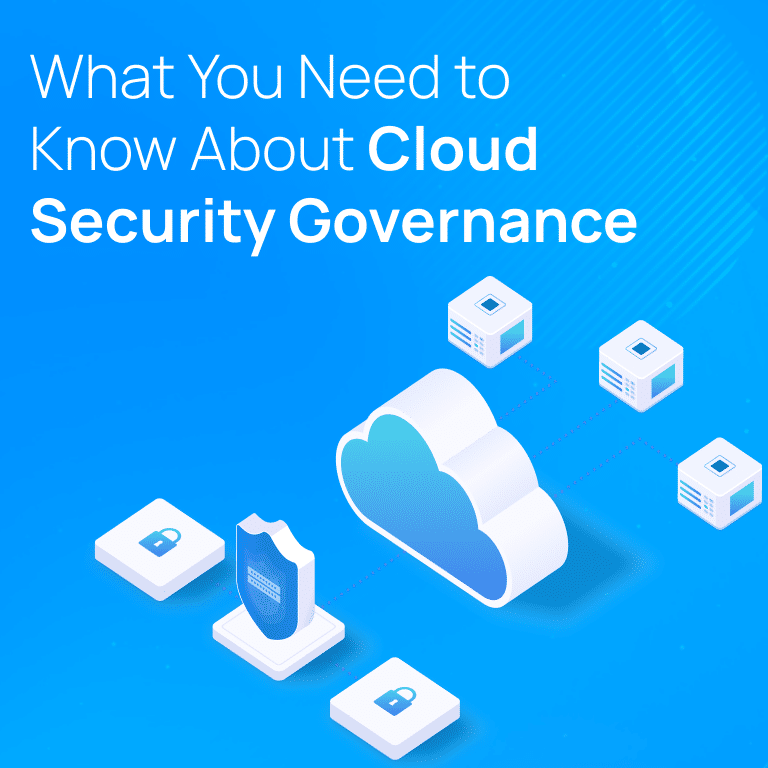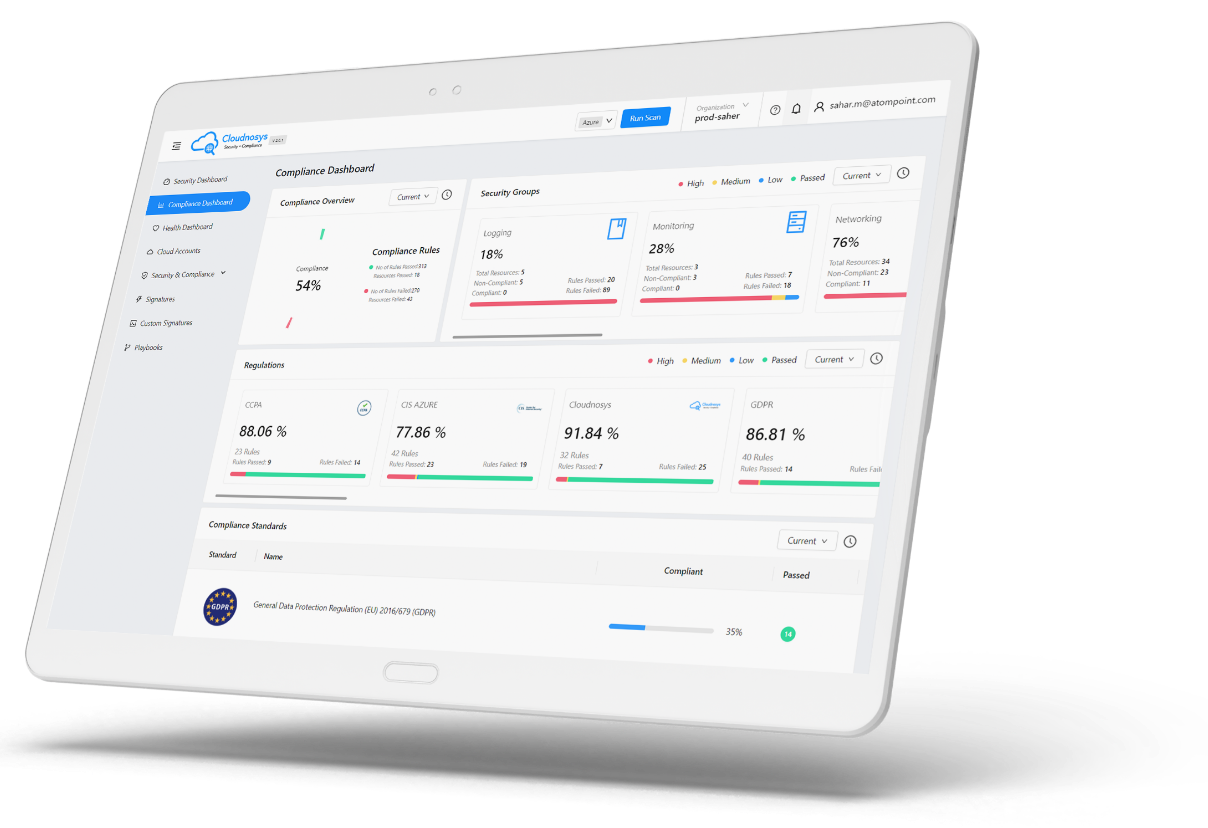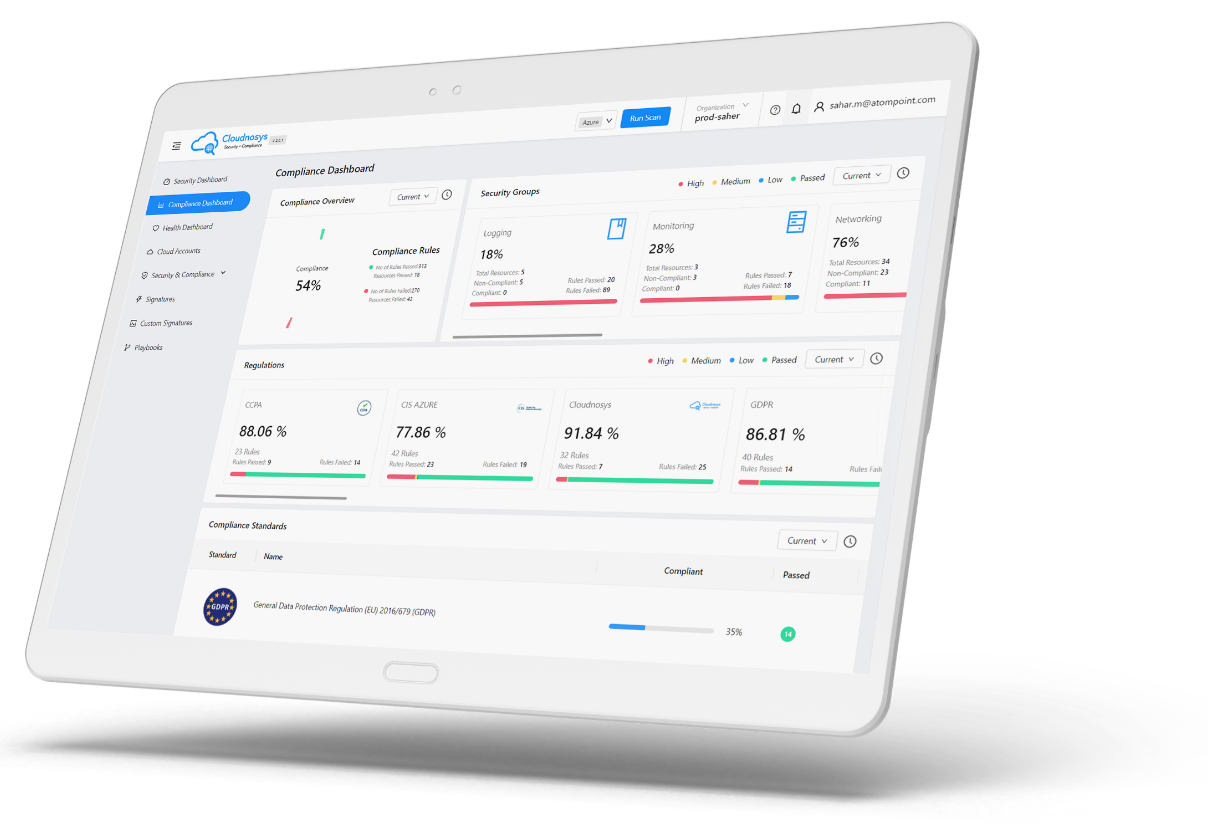In today’s digital landscape, cloud computing has become an integral part of organizational infrastructure, offering scalable, flexible, and cost-effective solutions. However, with this convenience comes the challenge of ensuring robust security for data stored and processed in the cloud. Central to addressing this challenge is the Cloud Shared Responsibility Model, a critical framework that clearly defines the roles and responsibilities of cloud service providers (CSPs) and cloud users. Understanding this model is essential for both parties to effectively safeguard cloud environments and prevent security breaches.
Defining the Cloud Shared Responsibility Model
The Cloud Shared Responsibility Model is a foundational concept in cloud security, establishing a clear division of security duties between CSPs and their customers. This model is not a one-size-fits-all approach; rather, it varies based on the type of cloud service being utilized—whether it’s Infrastructure as a Service (IaaS), Platform as a Service (PaaS), or Software as a Service (SaaS).
CSP Responsibilities
CSPs such as Amazon Web Services (AWS), Microsoft Azure, and Google Cloud are responsible for the security of the cloud. This includes the physical infrastructure, networking, and the hypervisor layer. These providers ensure that the underlying cloud infrastructure is secure, including data centers, physical servers, and networking components. Their responsibilities also extend to the maintenance and security of virtualization layers and operating systems in the case of IaaS.
Customer Responsibilities
On the other hand, cloud customers are responsible for the security in the cloud. This means they must manage the security of their data, applications, and access controls within the cloud environment. Customers must ensure that their applications are secure, data is encrypted, and access is restricted to authorized users only. In essence, while CSPs secure the cloud’s backbone, customers are responsible for the protection of what they place on that backbone.
The Importance of Understanding the Model
A thorough understanding of the Cloud Shared Responsibility Model is crucial for both CSPs and customers. For CSPs, it defines the extent of their obligations, ensuring they maintain a secure and compliant infrastructure. For customers, it clarifies the scope of their responsibilities, enabling them to implement effective security measures and avoid common pitfalls.
Failing to grasp the nuances of this model can lead to significant security vulnerabilities. For example, customers might assume that CSPs are responsible for all aspects of security, leading to negligence in securing data, applications, and user access. This misunderstanding can increase the risk of data breaches, unauthorized access, and other security threats.
Cloud Security Concerns
As cloud adoption continues to grow, so do concerns related to cloud security. Organizations must be vigilant in addressing threats such as unauthorized access, data breaches, and cyberattacks. While CSPs provide a secure infrastructure, customers must take active steps to secure their data and applications within the cloud.
Common Security Threats
Misconfiguration: A leading cause of cloud breaches, is when users fail to properly configure security settings, leaving data exposed.
Unauthorized Access: Weak access controls can allow unauthorized users to access sensitive data.
Data Breaches: Poorly secured applications and data can lead to significant breaches, exposing personal and financial information.
Understanding the shared responsibility model is vital to mitigating these risks. By recognizing the distinct roles of CSPs and customers, organizations can implement a comprehensive security strategy that addresses all potential vulnerabilities.
Responsibilities in the Cloud Shared Responsibility Model
The responsibilities in the Cloud Shared Responsibility Model are delineated between the CSPs and customers, with each party playing a vital role in ensuring overall security.
CSP Responsibilities
Infrastructure Security: CSPs are responsible for securing the physical data centers, servers, and networking equipment that form the foundation of the cloud environment.
Virtualization Management: This includes securing the virtualization layers that isolate customer environments from each other.
Compliance and Certification: CSPs often provide compliance certifications (e.g., SOC 2, ISO 27001) to demonstrate that their infrastructure meets industry security standards.
Customer Responsibilities
Data Protection: Customers must encrypt data both in transit and at rest, ensuring that sensitive information is protected.
Application Security: Customers need to secure the applications they deploy on the cloud, including regular patching, vulnerability assessments, and access control.
Identity and Access Management (IAM): Implementing robust IAM policies, such as multi-factor authentication (MFA) and least privilege access, is crucial for preventing unauthorized access.
Misconceptions About the Model
One of the most common misconceptions about the Cloud Shared Responsibility Model is that CSPs are solely responsible for securing data in the cloud. This misunderstanding can lead to a false sense of security, where customers assume that their data is fully protected by the CSP, without taking necessary steps to secure it themselves.
Clarifying the Misconception
CSPs Secure the Infrastructure: While CSPs are responsible for the physical security and network infrastructure, they do not manage the security of customer data and applications.
Customers Secure Their Data: Customers must actively manage and secure their data, applications, and access controls. This includes implementing encryption, monitoring, and access management protocols.
Understanding these distinctions is crucial for preventing security breaches and ensuring that all aspects of cloud security are adequately addressed.
The Model’s Impact on Data Security
The Cloud Shared Responsibility Model plays a pivotal role in guiding how data security responsibilities are shared between CSPs and customers. By clearly defining these responsibilities, the model helps to ensure that both parties are actively engaged in protecting data in the cloud.
Data Security Responsibilities
CSPs: Responsible for providing a secure infrastructure and offering tools for encryption and access management.
Customers: Must implement these tools, manage access controls, and monitor their cloud environments for potential threats.
Best Practices for Cloud Security
To effectively secure cloud environments, both CSPs and customers must adhere to best practices that enhance security and mitigate risks.
Selecting a Reliable CSP
Track Record: Choose a CSP with a proven history of security and compliance.
Security Tools: Ensure the provider offers robust security tools, such as encryption, monitoring, and identity management.
Compliance: Verify that the CSP meets relevant industry standards and regulations.

Customer Security Measures:
Multi-Factor Authentication (MFA): Implement MFA to add an extra layer of security to user accounts.
Data Encryption: Encrypt sensitive data both at rest and in transit.
Regular Updates: Keep security tools and applications updated to protect against vulnerabilities.
Collaboration: Regular communication between CSPs and customers is essential for identifying and addressing security gaps. Collaboration ensures that both parties are aware of their responsibilities and can work together to maintain a secure cloud environment.
Challenges and Risks of the Model
While the Cloud Shared Responsibility Model provides a clear framework for cloud security, it also presents challenges, particularly in demarcating responsibilities.
Common Challenges
Ambiguity: There can be confusion about where CSP responsibilities end and customer responsibilities begin.
Over-Reliance: Customers may over-rely on CSPs for security, neglecting their role in protecting data and applications.
Mitigation Strategies
Clear Agreements: Ensure that contracts and service-level agreements (SLAs) clearly define the responsibilities of both parties.
Zero Trust Approach: Adopt a zero trust security model that assumes no one is trusted by default, whether inside or outside the network.
Continuous Monitoring: Regularly monitor cloud environments to detect and respond to potential threats.
The Future of Cloud Security
As cloud computing continues to evolve, so too will the Cloud Shared Responsibility Model. Emerging trends such as AI-driven security systems and the integration of security into the development lifecycle (DevSecOps) are set to enhance cloud security.
Proposed Improvements:
Clearer Responsibility Delineation: Future iterations of the model may include more precise guidelines for responsibility demarcation.
Transparency: Enhanced transparency from CSPs regarding their security measures and practices.
Technological Advances: Advances in AI, automation, and security integration will continue to shape the future of cloud security, helping organizations to better manage their shared responsibilities and protect their cloud environments.
Conclusion
Understanding and implementing the Cloud Shared Responsibility Model is fundamental for organizations using cloud services. By clearly defining the roles of CSPs and customers, the model ensures that both parties are accountable for maintaining security in the cloud. As cloud technology advances, so too will the strategies for managing shared responsibilities, making it essential for organizations to stay informed and proactive in their approach to cloud security.










